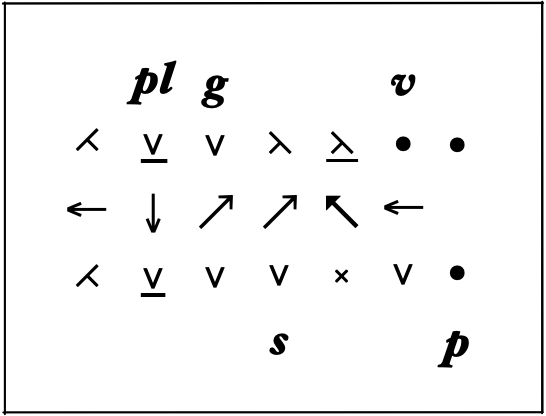For a long time, I felt the need for some sort of language to write down tango sequences.
The occasions are many.
- Sometimes I am at a workshop, and I want to write down the sequences we studied.
- Some other times, I see something interesting in a performance, and I want to jot it down.
- And finally, I often need to note down what to teach in class or what I need to practice with my partner.
